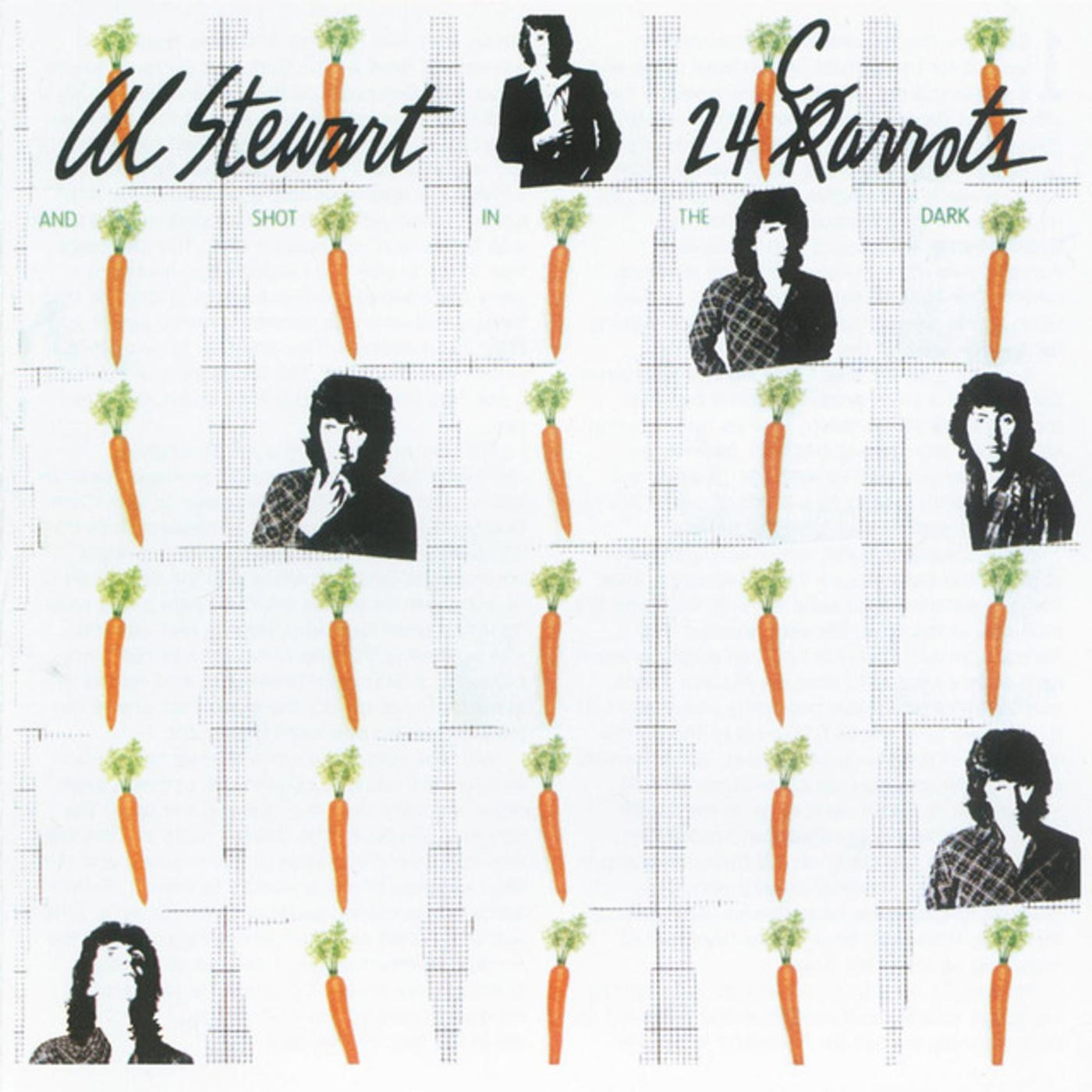Digital Roundup: 8/13/14

New this week in the Rhino Room at iTunes:
We’ve only got two artists to tackle in this week’s Digital Roundup, and one of them has nine – count ‘em – nine titles being added to our digital catalog, so before we dive into discussing those efforts, let’s talk about the lone addition from the other artist first, just to make sure it doesn’t get lost in the shuffle.
Savatage, Fight for the Rock: It may not be the reason why it’s taken this particular entry from the band’s back catalog to make into our digital catalog, but the members of Savatage have referred to this, their third album, as Fight for the Nightmare, with lead singer John Oliva declaring outright on the band’s website, “I’ve never really been fond of that album,” only to quickly upgrade his statement to state, “We’ve never fond of that album.” It’s not hard to see why: between the album’s artwork, which found the band echoing the pose of the soldiers raising the flag on Iwo Jima, the unlikely inclusion of cover versions of Badfinger’s “Day After Day” and Free’s “Wishing Well,” the placement of a lyrically-unnecessary parental-advisory sticker on the front cover to make metal fans think there might be something outrageous contained therein, and, of course, a title track prominently featuring the word “rock,” the whole affair was clearly Atlantic Records’ attempt to break Savatage into the mainstream. Did it work? Well, the album made it onto the Billboard Top 200, if only at #158, but it was their subsequent album, Hall of the Mountain King, that proved to be the bigger seller, and it did so while delivering a collection which was far more in line with the real Savatage. Still, if you’re a fan of the band, you really need to hear Fight for the Rock, if only to confirm that rocking properly is something that’s worth a fight with your label.
Okay, now that we’ve given Fight for the Rock a fair shake, it’s on to the substantial number of additions to our catalog from our other artist of the week.
Al Stewart:
The First Album (Bed-Sitter Images) (1967) – Whether there’s supposed to be a hyphen between “Bed” and “Sitter” or not – it’s hard to say, as it’s turned up both ways on various releases of the album – it’s still Stewart’s debut full-length effort no matter which way you choose to write out its title. (We will note, however, that when the title track saw release as a single, it was minus the hyphen, for whatever that’s worth.)
Love Chronicles (1969) – Those who are more concerned about an album’s credits than the actual music contained therein will be interested to know that Jimmy Page contributes to Stewart’s sophomore effort, as do four members of Fairport Convention, even if most of them worked under pseudonyms. (Ashley Hutchings is under his own name, but Martin Lamble is listed as Martyn Francis, Simon Nicol is called Simon Breckenridge, and the inestimable Richard Thompson went by Marvyn Prestwick.) Even though it was Stewart’s first album to be released in the U.S., it’s still arguably the most under-heard of his early recordings.
Zero She Flies (1970) – For the first time – but definitely not the last – Stewart gets historical with his lyrics, most notably on “Manuscript. (“Gethsemane, Again” may or may not qualify, but you certainly can’t say it isn’t sufficiently intellectual.) Features the single “Electric Los Angeles Sunset,” which didn’t exactly set the charts on fire but makes for very enjoyable listening nonetheless.
24 Carrots(1980) – Wherein Stewart joins forces with a proper band, Shot in the Dark, featuring – among other members – his frequent collaborator, Peter White. Although it was Stewart’s first album in a fair while without Alan Parsons helming the proceedings, he nonetheless picked up a top-40 hit with “Midnight Rocks,” even if he wasn’t able to duplicate the success with the subsequent singles, “Mondo Sinistro” and “Paint by Numbers.” Oddly, none of the aforementioned trio of tracks managed to make the cut for his Definitive Pop Collection: “Running Man” and “Merlin’s Tune” were the album’s designated representatives.
Russians and Americans (1984) – Of Stewart’s albums, this might be the one that’s the most rooted in the time in which it was made, due to his decision to get pointedly political for the first time in his career. (Even if you don’t dig into the songs themselves, the title alone should reveal the topic at hand.) Although the album charted briefly in the UK at #83, it made no impact in the States, possibly because of the title, but possibly also because the song selected as the single in the UK wasn’t even included, having been removed from the album – along with “The Gypsy and the Rose” – in favor of two different tracks, “The One that Got Away” and “Night Meeting.” Or, heck, it could’ve just been because it sounds very, very much like it was made in 1984, which feels somewhat like a sin when it comes to the timelessness of so many of Stewart’s past songs.
Last Days of the Century (1988) – Arguably best known to those outside his regular fanbase as “the one with Tori Amos singing on it,” this album found Stewart testing the waters of a new label – Enigma, may it rest in peace – and finding his efforts strong but woefully underpublicized. If there’d been any justice, the way-too-catchy track “Red Toupee” would’ve found our man Al back in the upper reaches of the charts, but it was not to be, alas.
Rhymes in Rooms (1992) – Just because no one invited Al Stewart to appear on MTV Unplugged didn’t mean that he couldn’t turn off the electric guitars, team up with Peter White, and release his own acoustic live album, thank you very much, resulting in this wonderful, intimate collection of his greatest hits and other assorted songs.
Between the Wars(1995) – A collaboration with Laurence Juber, late of Wings, Stewart’s lyrical focus was, as the title may suggest to those who know their history, the time frame between World War I and World War II. Critics dug it, as well they should have, but for some reason the kids didn’t buy into songs called “Betty Boop’s Birthday” and “Lindy Comes to Town.” Go figure.
Down in the Cellar (2000) – If you’re looking for the perfect soundtrack to your next wine tasting event, look no further than this 13-track effort (plus two additional bonus tracks) designed to appeal to oenophiles everywhere. Don’t worry, though: as long as you’re a fan of Stewart’s music, that’ll be enough to keep you listening and loving every moment.

